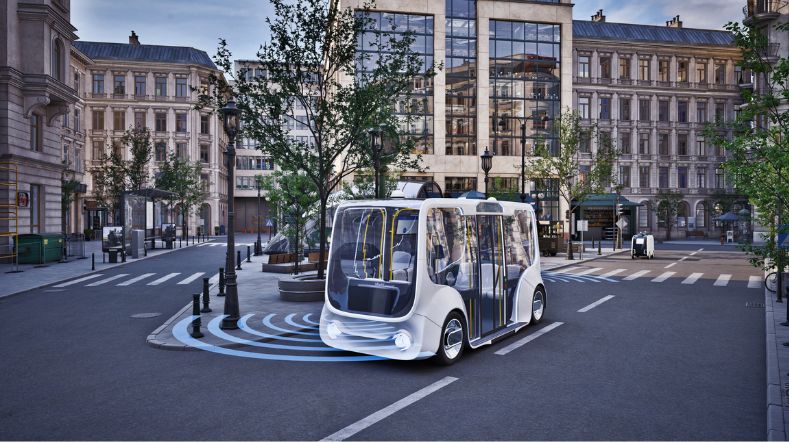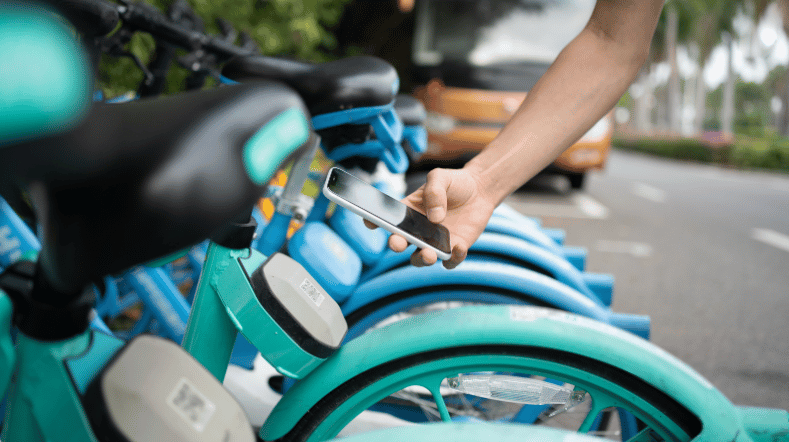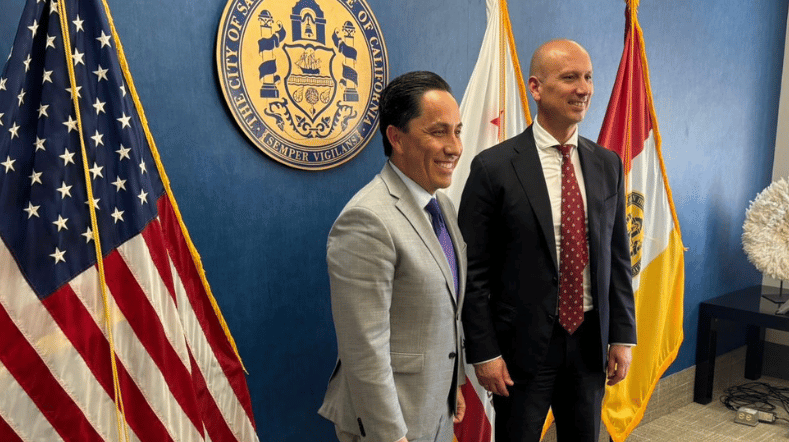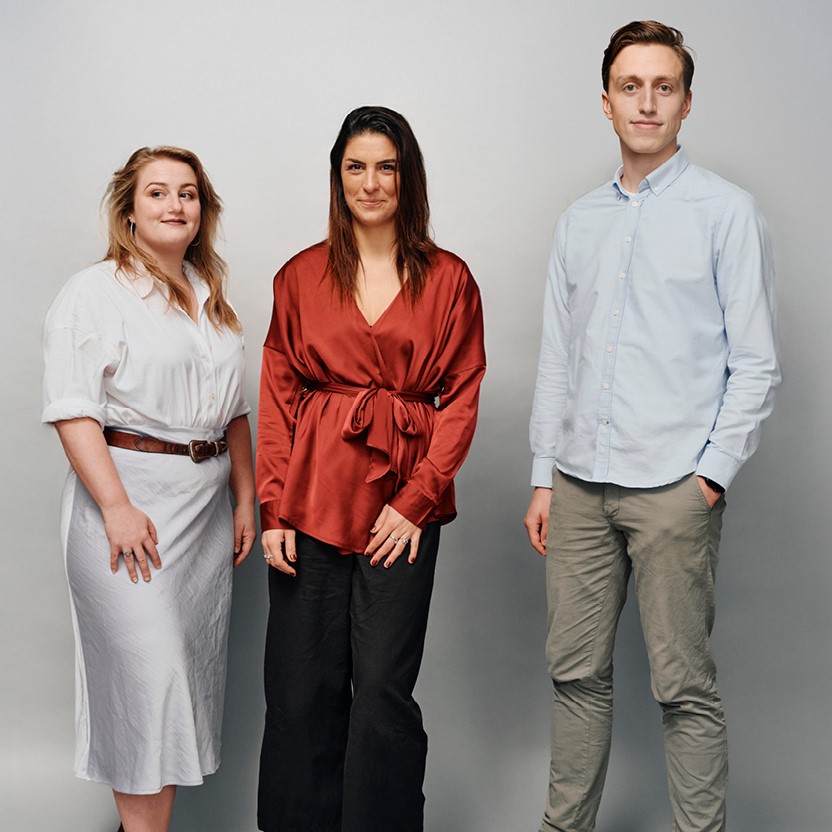
Mobility poverty requires inclusive policies
Not everyone has unlimited access to means of transport and mobility facilities. Through its research on mobility poverty and its Urban Strategy platform, TNO makes policymakers aware of the social impacts of mobility measures, helping them make more inclusive choices when it comes to mobility policy.
Receive the paper 'Liveable city'
Do you want to know how you can work towards creating a liveable city? Receive the paper 'Liveable city: Forward together with TNO – top 3 challenges for Dutch cities’
What is mobility poverty?
The fact that ‘mobility poverty’ has not yet been properly defined clearly demonstrates that research in this area is still in its infancy. ‘Generally speaking, you could say it refers to the extent to which groups of people have limited access to means of transport and mobility facilities.’
Jeroen Borst, Cluster Manager Societal Impact for Accessibility and Liveability with TNO, points out that it could also be interpreted more broadly. ‘It also concerns accessibility poverty: how much effort do you have to make to access basic facilities like a supermarket? And the affordability of transport too: what percentage of your income do you have to spend on mobility? People’s mobility may also be restricted by health problems or a language deficiency.’

‘Mobility poverty concerns access to facilities, accessibility, and the affordability of transport.’
Mobility poverty in Curaçao
One place where mobility poverty is clearly visible is Curaçao. TNO carried out research into this phenomenon there. Researcher Marieke van der Tuin: ‘Besides traditional indicators like travel distance and journey time, we also looked at the accessibility of work and basic facilities like schools, as well as the impact on population groups.’
‘Significant disparities emerged, particularly from a geographical perspective. In the more remote parts of the island, people are at risk of dropping out of the labour market, because it takes them too long to get to work, because transport is too unreliable, or because they spend too much of their income on it. Quitting work is often not an option, which means people are forced to incur high costs, making their financial situation considerably worse. Women also face safety risks, if it suddenly turns out that there are no buses in the evening.’
The study also reveals that seemingly positive developments, such as electrification, are having a negative impact on the wealth gap. ‘Higher income earners benefit from cheap green power from solar panels, while people on lower incomes cannot take this step and have to rely on expensive public transport or costly fuel. The lesson from all this is that authorities need to keep an eye on those who are lagging behind in the energy transition and help them make the step too,’ Marieke van der Tuin concludes.

‘Higher income earners benefit from cheap green power from solar panels, while people on lower incomes have to rely on expensive public transport or costly fuel.’
Mobility poverty in the Netherlands
Although it may be less visible, mobility poverty also exists in the Netherlands, in sparsely populated areas with limited public transport, but also in big cities. Jeroen Borst: ‘In a city like Amsterdam, most neighbourhoods around the city centre have good public transport links, which are mainly used by more highly educated and affluent citizens to travel to work. Residents of neighbourhoods on the outskirts of the city are more likely to have practical qualifications and work in places that are more difficult to reach by public transport. Just try getting to the Western Docklands by public transport late at night.’
In TNO’s models it is noticeable that people who are more highly educated more often commute between major cities using the good public transport links, while people with practical qualifications tend to travel from the regions into the city. Jeroen Borst: ‘If you invest in extra public transport between Utrecht and The Hague, for example, you’re likely to see more motorists abandoning their cars. And that’s great. But if you look one level further and see who benefits from this, you find that you’ve actually invested in even better mobility for a group that was already well served.’
Understanding mobility poverty
TNO helps policymakers understand mobility poverty. Marieke van der Tuin: ‘With our knowledge and tools, we help to raise awareness around this issue. Our Urban Strategy platform is ideal for this purpose.’ Besides traditional indicators such as ‘lost vehicle hours’ and ‘modal shift’, TNO also looks at demographic factors to take the effects of measures for different population groups into account. Who benefits and for whom do policies have a negative impact?
‘Suppose you introduce a zero-emission zone in the city centre. What are the social consequences of allowing electric vehicles only? The question to ask is what problem you want to solve. You could also improve air quality, for example, by making public transport free, which will encourage more people to leave their cars at home. That way you don’t disadvantage the group of people who cannot afford an electric car,’ Marieke van der Tuin explains.

‘Instead of introducing a zero-emission zone, you could also improve air quality by making public transport free, which will encourage more people to leave their cars at home.’
Rail tunnels drive up house prices
As mobility poverty is a relatively new area of research, TNO is using new methods to gain an increasing understanding of the redistributive effects of policies. For example, TNO has recently entered into a partnership with the Spatial Economics department of VU University Amsterdam. Jeroen Borst: ‘By combining transportation planning from Urban Strategy with insights from spatial economics, you gain an understanding of the impact on land use and can see even more clearly which target groups benefit from policy choices.’
As an example, he cites the plans to build additional rail tunnels under the North Sea Canal. ‘These tunnels are intended to improve links between North Holland and the rest of the country. They are having the effect of allowing more highly educated people in particular to move to smaller villages and towns in the province. As a result, the prices of houses close to railway stations in these places are rising sharply, forcing people on lower incomes out.’
Mobility as a means not an end
Although we are just beginning to understand what mobility poverty is and what we can do about it, the first step is transparency. Marieke van der Tuin: ‘I’d like us to take mobility poverty into account in all planning decisions. We need to look beyond traffic-related parameters alone and also consider the social impact.’ Jeroen Borst agrees with her and adds: ‘I’d like us to start seeing mobility as a means rather than an end. And to start using technologies in such a way that they contribute to overall well-being, so that no one is left behind.’
Want to learn more about the liveable city?
Get inspired
Don't jump on every innovation bandwagon: TNO's framework to help cities make smarter mobility choices


Urban space


Zero emission urban mobility


How governments can make MaaS work to societal goals


With Urban Strategy, TNO connects with innovative U.S. West Coast in San Diego





